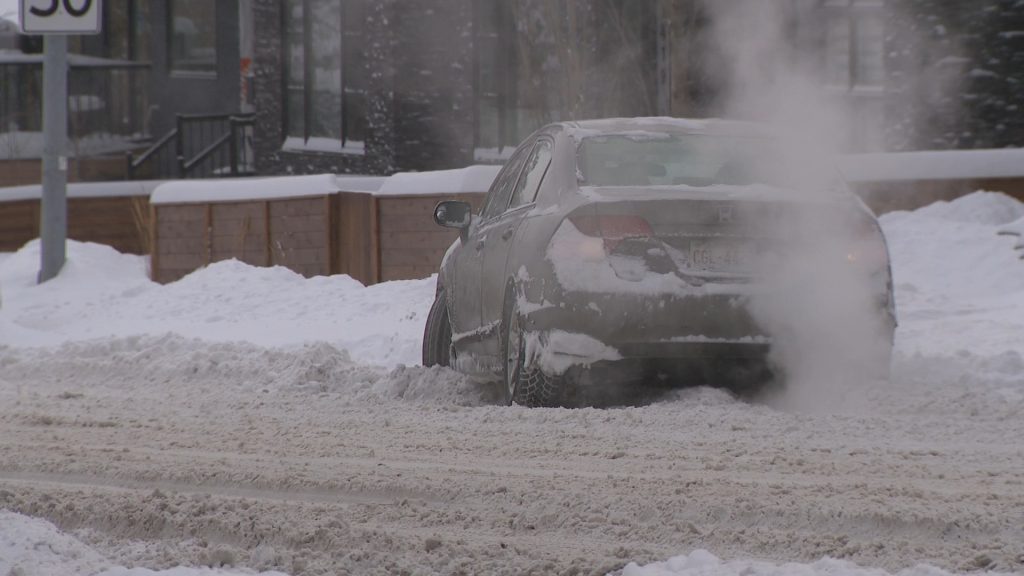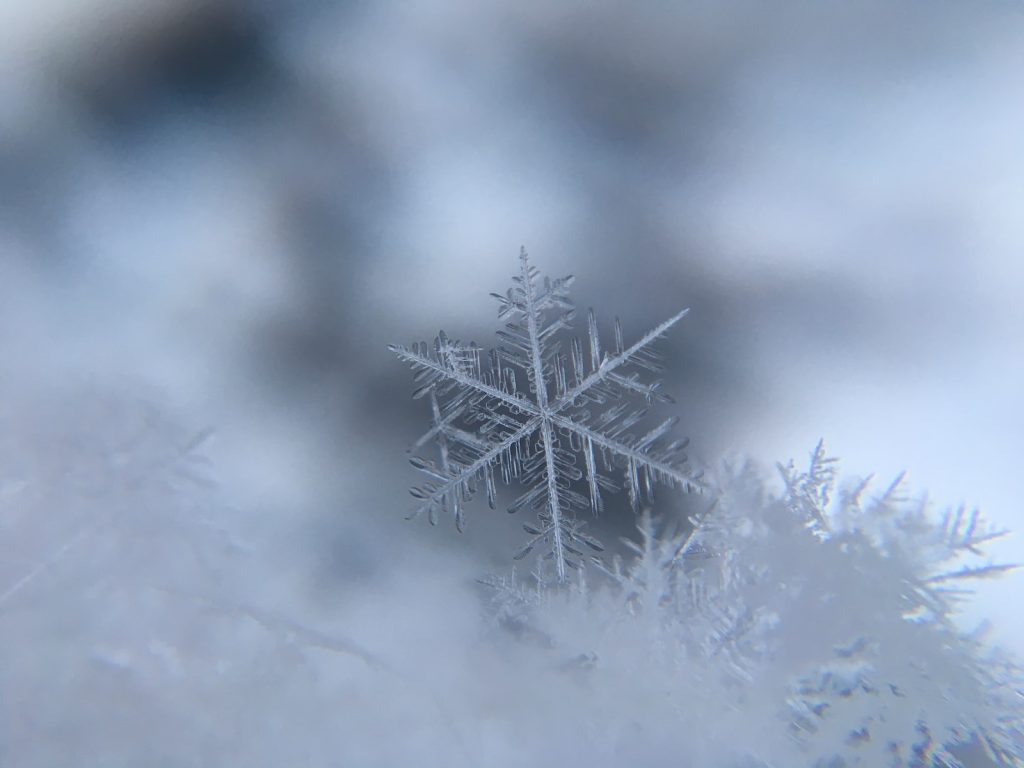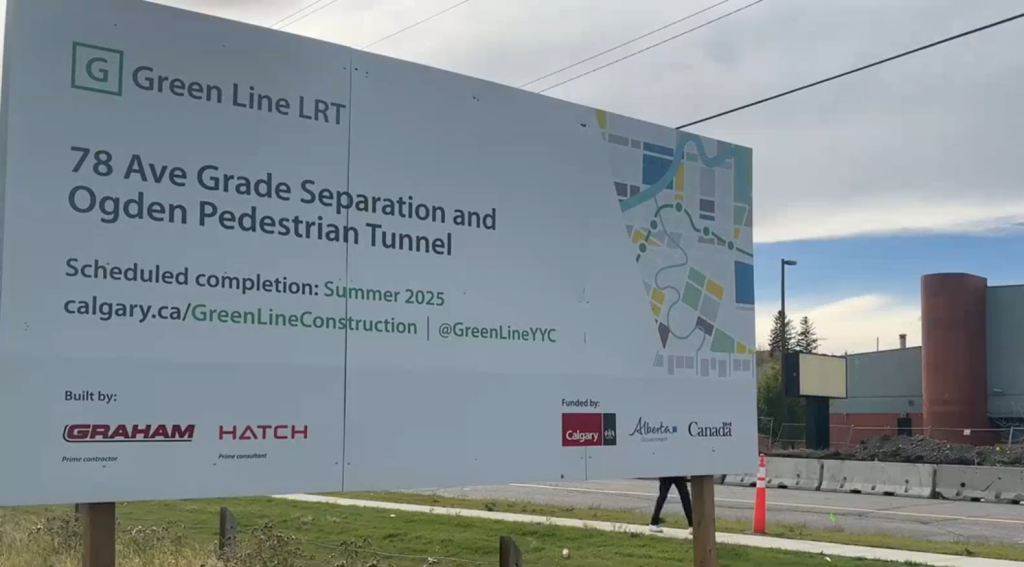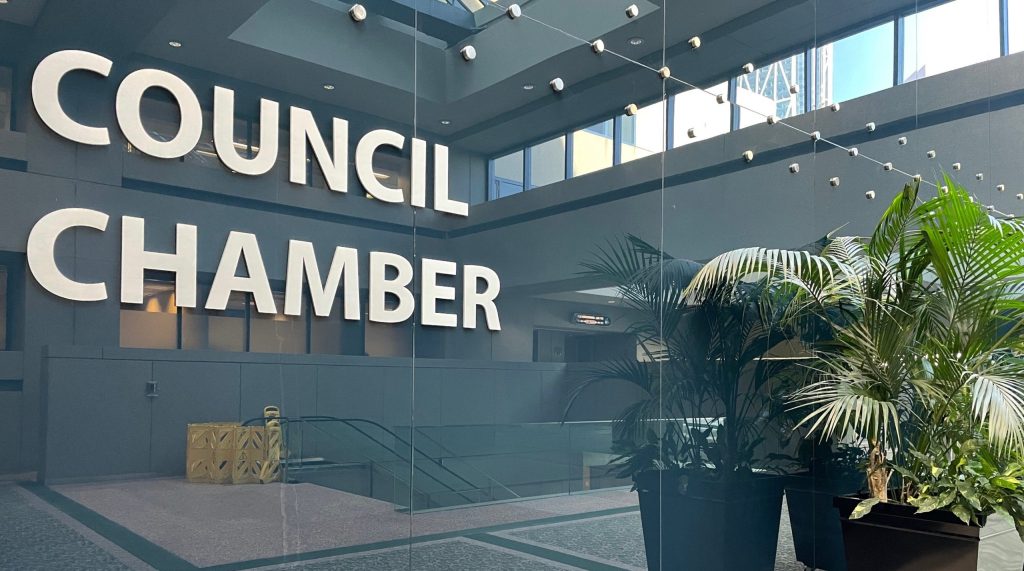Alberta residential schools digitized, bringing their ‘dark past’ to life
Posted Nov 25, 2022 8:06 am.
Last Updated Nov 25, 2022 4:40 pm.
An Indigenous-led project is preserving “dark” residential school history by digitizing three Alberta residential schools.
The project is in collaboration with the University of Calgary (UCalgary), and it will give an immersive look at what life was like for children in residential schools.
“We invited communities from all over Alberta to come to the University of Calgary to discuss … one of the goals, which was to kind of how do we ensure that this history isn’t’ forgotten,” Peter Dawson, head of the anthropology and archeology department at UCalgary, said.
To bring silenced stories to life, scanners and drones, along with historic photos and interviews have created 3D, and digital replicas of what three Alberta residential schools looked like.
“My aunties, uncles, grandparents — all went to residential school. Growing up, they never, ever talked about their experiences of what they went through, so we didn’t really know what they went through,” said Kent Ayoungman, Siksika Nation councillor.
“It’s allowing our people to have a better understanding of where our older relatives are coming from.”
Once completed, this archive will digitally map the stories survivors have shared, and as viewers make their way through the school, they can see the actual location where the stories took place.
“Not only will they see, will hear the story about that room, but they, with technology these days, they can also see all of the images connected to that room,” Vivian Ayoungman, the head of Old Sun community college advisory committee for digital preservation of the Indian Residential Schools Project, said.
She adds this project brings power to those learning about their history.
READ MORE:
-
Airdrie high school, named after Alberta residential school founder, receives calls for renaming
-
Motion to call residential schools ‘genocide’ a victory over misinformation, denialism: expert
“It’s so exciting to see people light up — for people to say, ‘now I feel like I belong, now I feel like I’m Siksika,’” Vivian added.
The project’s second phase will document the original grounds surrounding the schools. It will also ensure a lasting record of the schools and the difficult stories recalled from children within their walls.








